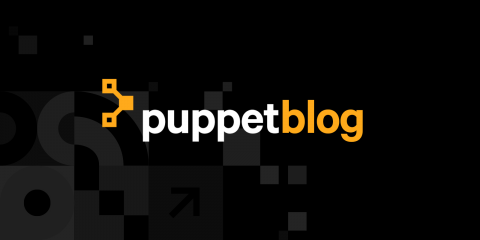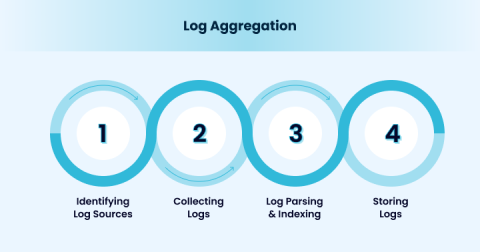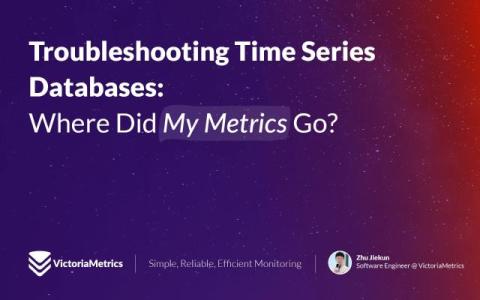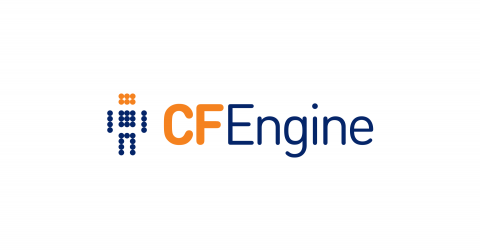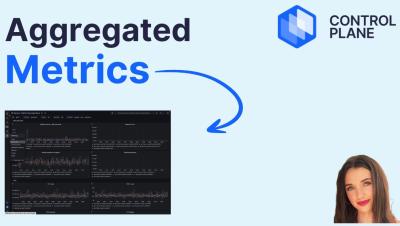Why Move from Open Source Puppet to Puppet Enterprise? Here are 10 Reasons
Considering moving from Open Source Puppet to Puppet Enterprise? Great! In this article, we'll cover typical use cases for the enterprise version of Puppet, why businesses that moved from Puppet's open source version to Puppet Enterprise made the switch, and how customers drive time to value with Puppet Enterprise faster than Open Source Puppet.


